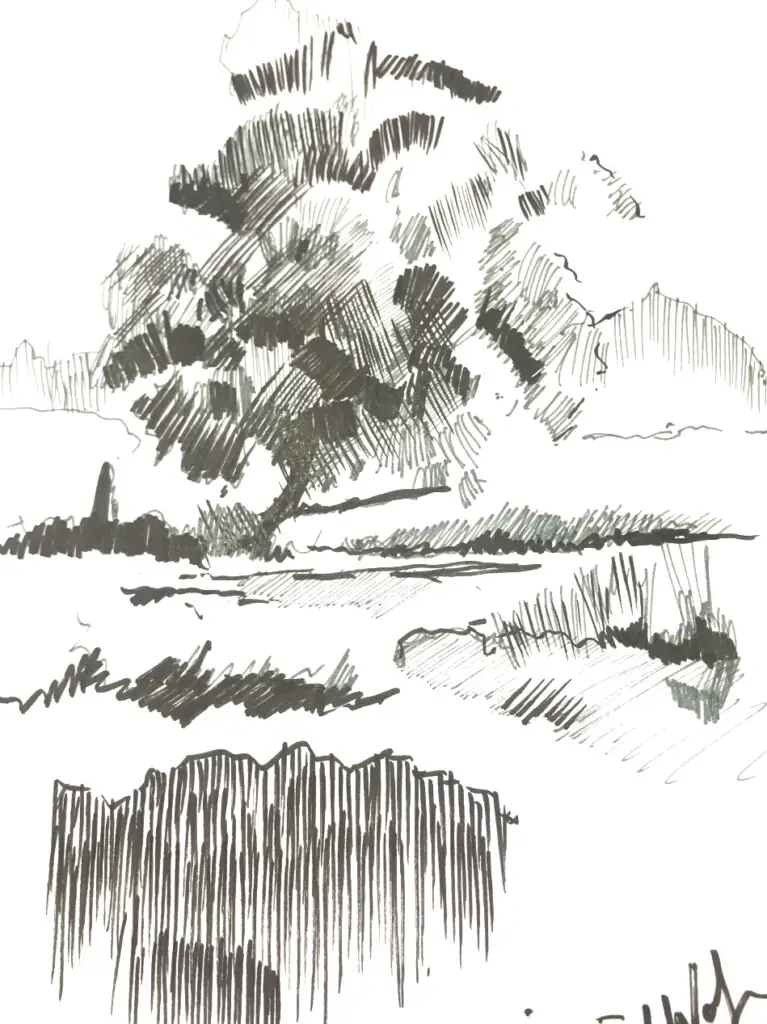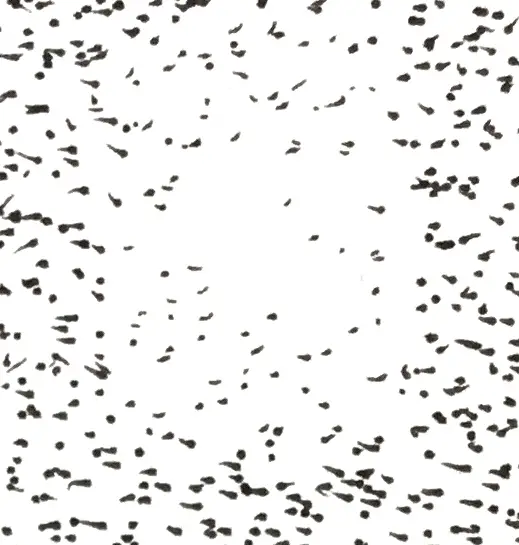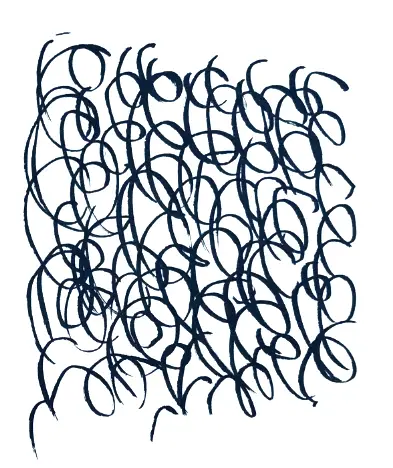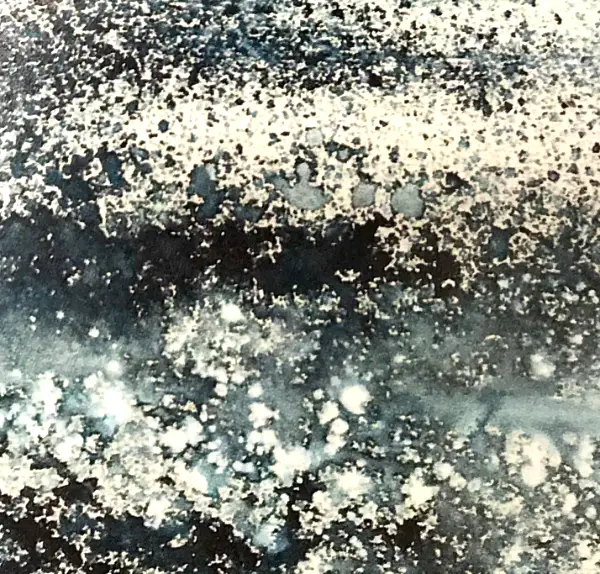PEN AND INK LANDSCAPES
Benefits of Drawing in Pen and Ink
Pen and ink as a traditional drawing medium is suitable for creating diverse topics and subjects, including landscape drawings, still life, and life drawing. The basic techniques for creating an image with pen and ink include hatching, stippling, and scribbling. All of these methods can be combined to create studies using pen and ink.
Please look at this drawing and sketching video course I have created. Use this link.
Understanding the Fundamentals
When you create digital art, it's very easy to complete your artwork using shortcuts. However, when you take your time learning to draw in pen and pink, you correctly understand the basics of drawing that will also assist you in your digital art.
Monetary value
Depending on your work's quality, an original pen and ink drawing could be worth a pretty penny.
Versatility
When you draw in pen and ink, you are not restricted by any environment or by electricity. You can draw anywhere and give into each of your creative whims.
.
Related Posts:
- How to Draw Realistic Rain
- How to Draw Clouds with Charcoal
- What are the Basics of Sketching?
- How to Draw Mountains in Pen and Ink
Drawing Landscapes in Pen and Ink
As a general rule pen and ink is a popular medium for drawing landscapes because they produce drawings that have high contrast and include great detail. However, it is not a natural process. You need to put yourself in artistic spaces and have the right tools. Here are the factors you should consider when deciding on your tools:
How to Choose the Right Pen
As much as there are recommended pens that other artists swear by, the choice you make will be influenced by your style and which pen gives you the best experience. One pen may feel light on the touch to you and heavy to another person. Factors to consider when choosing the right pen are:
Your Environment
Are you drawing outside your favorite coffee shop, or do you have a space at home that is solely dedicated to drawing? Your environment should affect your pen choice because different pens have different effects. Some can be messy, while others will take some time before they dry. It would help if you first understood your environment before you choose a pen.
Your Style
Is your method of landscape painting, pointillism, or would you instead take a photorealism approach? Different pens will help you achieve different effects.
Your Drawing Level
Pens like dip pens require you to either have prior experience or put in several hours of practice. If you choose such a pen as your beginner pen, you may not produce a high-quality landscape drawing because you will be struggling with your technique.
The different kinds of pens that are available for landscape drawings are:
· Pens with nibs. These pens are preferred for their ability to produce lines with varying widths, depending on how much pressure you apply.
· Fine liners. These pens are famous because they're cheap and very convenient.
· Ballpoint pens. Ballpoint pens are ordinary office pens; while they may not be ideal for high-quality drawings, they are ideal for a beginner artist.
How to Choose the Right Paper
The main quality that you should consider when choosing your paper is the texture of your paper. If you want to achieve texture only by the technique you use to draw, you should choose smooth paper.
If not, you can choose a textured paper to achieve the texture that you want. You should, however, remember that texture affects the weight and absorbency of your paper. The smooth paper will most likely be light, and you should therefore stretch it a little bit to avoid it buckling. A textured paper will most likely absorb a lot of ink, so you should make sure not to use strokes that are too heavy.
Techniques Used in Pen and Ink Landscape Drawing
Hatching
Hatching is a technique where you draw parallel lines to achieve tone and texture. You can choose to draw your lines using freehand or using an instrument to draw your lines carefully. Whichever technique you use, it should reflect the nature of your landscape drawing—if your landscape is of a garden, then using a ruler while hatching may not reflect the plants' true nature in the garden.
A variation of the hatching technique is the cross-hatching technique, where instead of drawing lines in one gradient, you crisscross several layers of parallel lines.
It would help if you took some hours to practice before creating a landscape drawing using the hatching technique. This is because your hand needs to get used to the hatching rhythm. As you continue hatching, you should change your paper's angle instead of changing your body position. This will help your strokes appear even and consistent.
Stippling
Stippling is a technique on the opposite end of hatching. Instead of using lines, stippling makes use of small dots to achieve tone and texture. You contrast different tones by varying the dots' distribution; few dots can indicate areas where there is light, while many dots indicate dark areas of your drawing. An excellent example of stippling can be found in Van Gogh's wheat drawing in “View of Arles.”
Stippling, when used on its own, may cause your drawing to lack texture. If you notice this in your drawing, you should combine it with hatching.
Scribbling
Scribbling is just that, putting your pen on paper and letting it move as you please. To get the best results while scribbling, you should make sure your wrist is as loose as possible. It would be best if you also remembered not to pick your pen off the paper while scribbling. If you do, your drawing may end up looking fragmented.
If you choose to scribble something other than an inanimate object in your drawing, you should start with the big strokes. For example, if someone is the focus of your landscape drawing, you should begin with large strokes of their outline.
This will give your drawing more character. Scribbling is the best technique for achieving tonal quality in objects that are irregularly shaped like hair.
Contouring
Contouring is a technique that helps to give your drawing form. Whereas in hatching, your lines would follow any form, in contouring, your lines follow your subject's form. This will help your drawing look three dimensional. In contouring, no one line needs to be the same as the other.
However, contouring is not as easy as it sounds. You should make sure that you have proper visualization of your drawing before you begin. If you don't, your drawing will not have the proper proportions.
Weaving
The weaving technique is named so because the final appearance mimics that of a weave. Weaving is when you draw short interlocking lines. You can interlock your lines neatly or interlock them haphazardly. Weaving doesn't necessarily add any textural or tonal quality, but it creates an effect that is interesting to look at. However, you should not overdo it because too much of it will be distracting in your drawing.
Splatters
You can make use of splattering in two ways. The first is when it happens accidentally. Maybe you have poured too much ink, or your pen has had a slight malfunction. The second is when you intentionally choose to splatter some ink on your landscape drawing. Splatters can give you contrast and give your drawing an aged look.
Combination
Once you become skilled in the above techniques, you can go ahead and use a combination of techniques to achieve whatever texture you want in your drawing. This will give your drawing a more attractive appearance and a richer tone.
Artists Who Use Pen and Ink
If you have just started out drawing pen and ink landscapes or you would like to refine your skills, it would be helpful if you studied artists [https://www.creativebloq.com/illustration/pen-and-ink-41411203] who have created using the same medium. Examples of such artists include:
Edward Ardizzone
Edward Ardizzone was a children's book illustrator who had his career in the early nineties. He is best known for his work in the “Tim Series.” Studying his work can help you understand how to play around with the lighting in your drawing and create a character with your technique.
John Sewell
John Sewell is mostly known for his work in the Penguin Books. Studying his work can help you learn how to be expressive, whether in human landscapes or other types of landscape drawings.
Sarah Maycock
Unlike the previous two examples, Sarah Maycock is a more modern artist. She is an illustrator well known for drawing landscapes using ink. Studying her work can help you draw using continuous strokes.
It would be essential to remember that your landscape's quality will always depend on how much practice. There are countless resources https://www.artyfactory.com/pen_and_ink_drawing/pen-and-ink-drawing-techniques to help you navigate through the different techniques; video tutorials, online classes, and even masterclasses. In the words of Ralph Aldo, “Every artist was first an amateur.”
Create Art With My Favourite Drawing Resources
General Drawing Courses. I like Udemy if you want to develop your knowledge of drawing techniques. Udemy is an excellent choice due to its wide range of creative courses and excellent refund policy. They often have monthly discounts for new customers, which you can check here. Use my link.
Sketching and Collage. Take a look at this sketching resource I have created. Use this link.
Proko. Is one of my favorite teachers who surpasses in the teaching of Anatomy and Figure drawing. Prokos course breaks down the drawing of the human body into easy-to-follow components aiding the beginner to make rapid progress. For this, I really like Proko.
Art Easels. One of my favorite ways to draw is by using a drawing easel, which develops the skill of drawing on a vertical surface. The H frame easel is an excellent vertical way to add variety to the style and type of marks you create when using a drawing board.
To see all of my most up-to-date recommendations, check out this resource I made for you.







